-
The Jaunt by Stephen King Short Story Analysis
“The Jaunt” is a science fiction short story by American author Stephen King. Even by King’s standards, this narrative is famous for its shocking ending.
-
The Turkey Season by Alice Munro Short Story Analysis
A shy 14-year-old girl goes to work one winter at the nearby Turkey Barn, where she is introduced to the adult world for the first time. Looking back as an older woman, she interprets this time differently.
-
Labor Day Dinner by Alice Munro Short Story Analysis
Well, it’s Labor Day here in Australia, that time of year when smartphones decide we must rise and shine a full hour earlier due to that sacrilegious custom called “Daylight Savings”. Why not enjoy an Alice Munro short story with that extra hour of daylight I now enjoy at the other end of the day?
-
Wigtime by Alice Munro Short Story Analysis
For a story of two female high school friends reuniting for the first time after many years, let’s take a close look at “Wigtime” by Canadian writer Alice Munro.
-
Miles City, Montana by Alice Munro Short Story Analysis
“Miles City, Montana” is a short story by Alice Munro, and first appeared in the January 14, 1985 edition of The New Yorker.
-
The Remains Of The Day Film Study
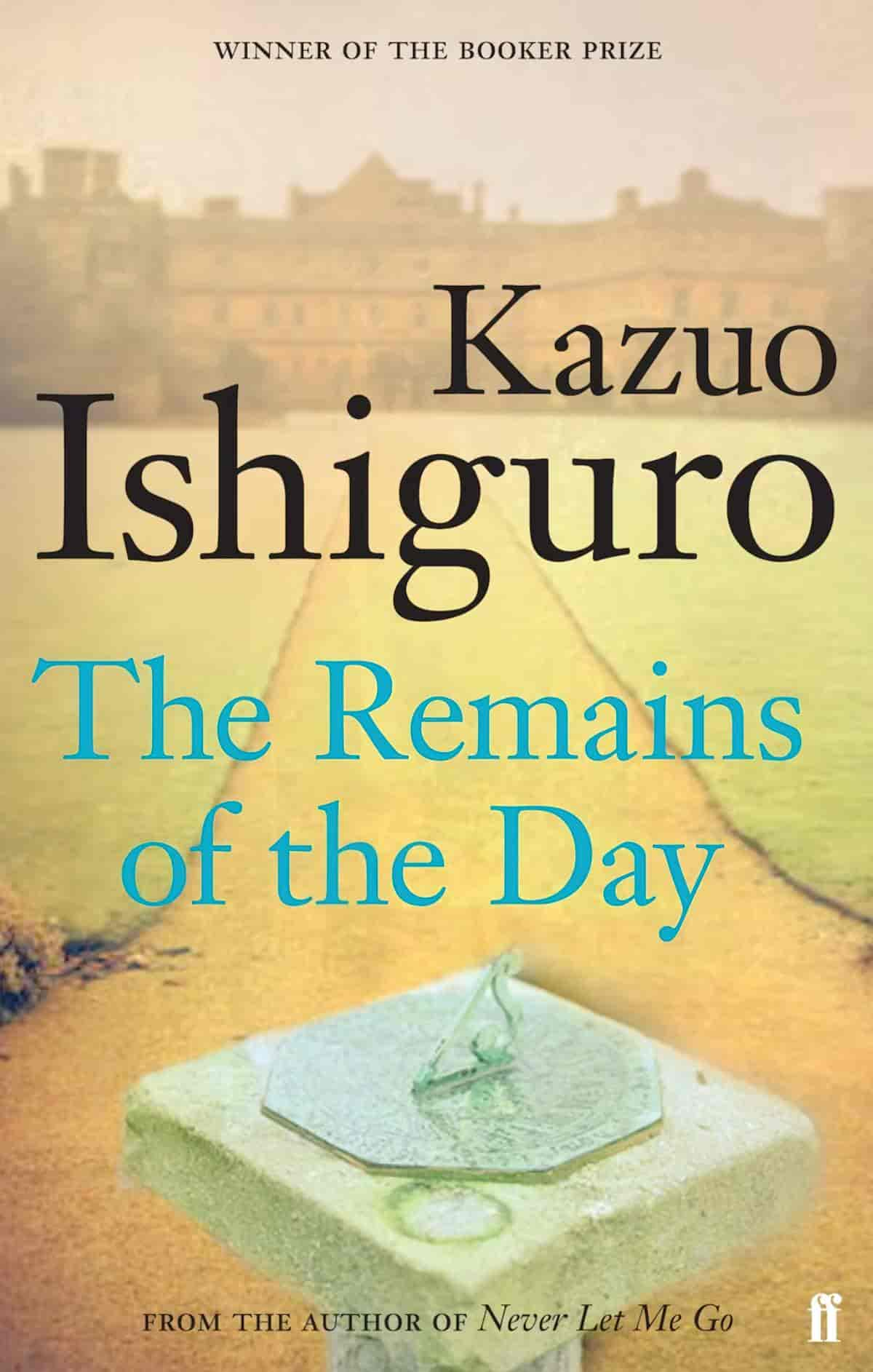
The Remains Of The Day by Kazuo Ishiguro won the 1989 Booker Prize. Ishiguro was 35 years old at the time and this was his third novel. The book was adapted for film in 1993, starring Anthony Hopkins as Mr Stevens and Emma Thompson as Miss Kenton.
-
The Tunnel by Anthony Browne Picture Book Analysis
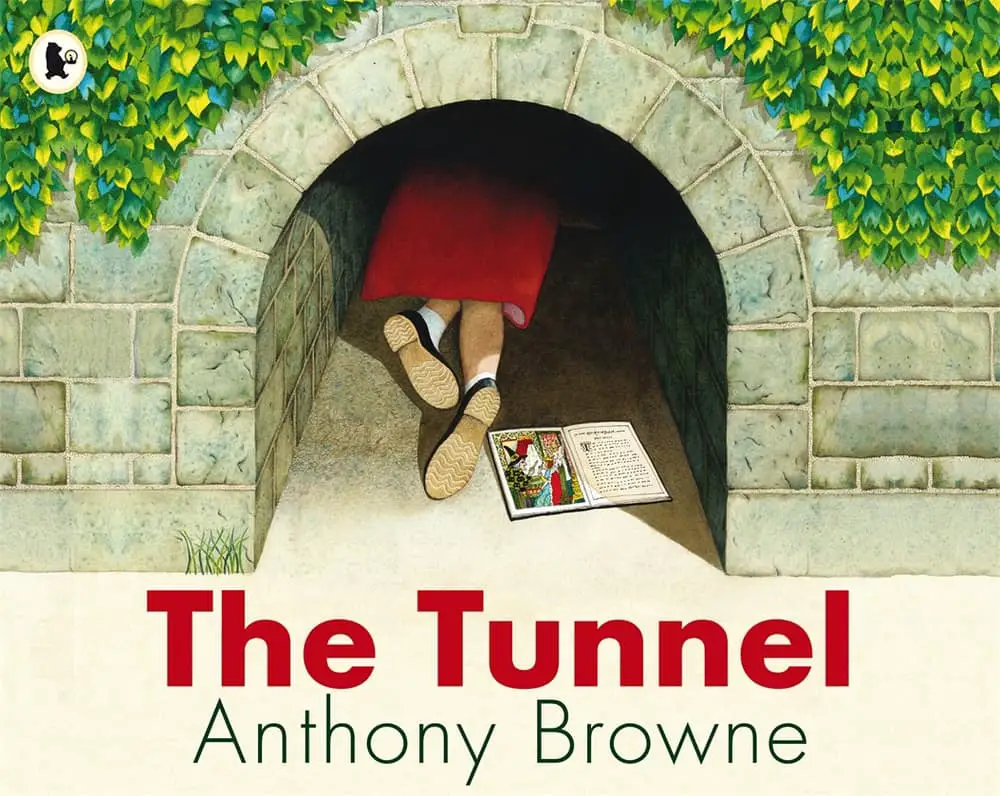
The Tunnel is a picture book written and illustrated by British author/illustrator Anthony Browne. The Tunnel was first published in 1989. SETTING OF THE TUNNEL In the 1980s it was far more common for kids to be sent out of the house because their mothers were sick of them (and it was almost always the […]
-
The Home Girls by Olga Masters Short Story Analysis

“The Home Girls” is a short story by Australian writer Olga Masters (1919 – 1986), and the first story of Masters’ 1982 collection, also called The Home Girls. I’m interested in Olga Masters partly because her fiction wasn’t published until she was in her 50s. Then, when she was published, she won a bunch of […]
-
Purple Blooms by Carol Shields Short Story Analysis
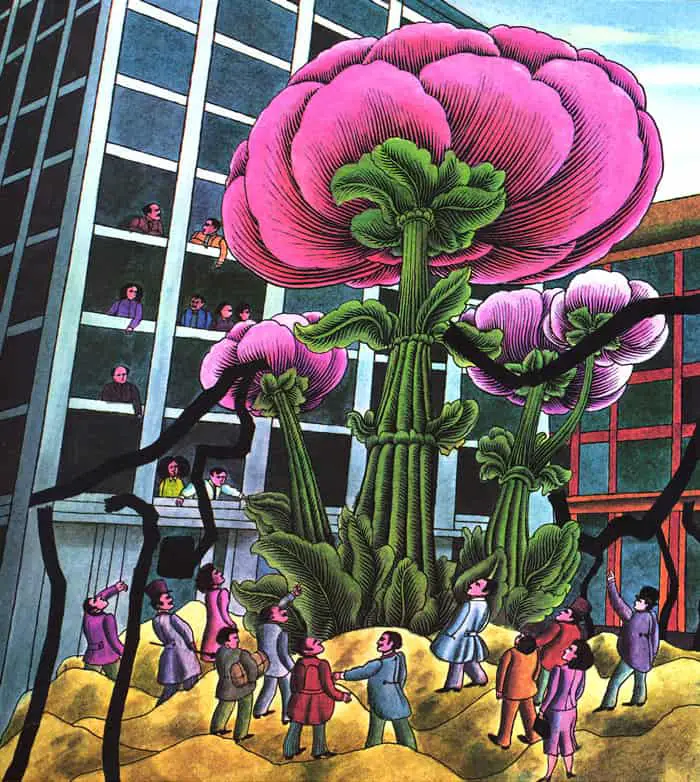
“Purple Blooms” is a short story by American-born Canadian writer Carol Shields (1935 – 2003), included in the collection Various Miracles (1985).
-
The Halfmen of O by Maurice Gee
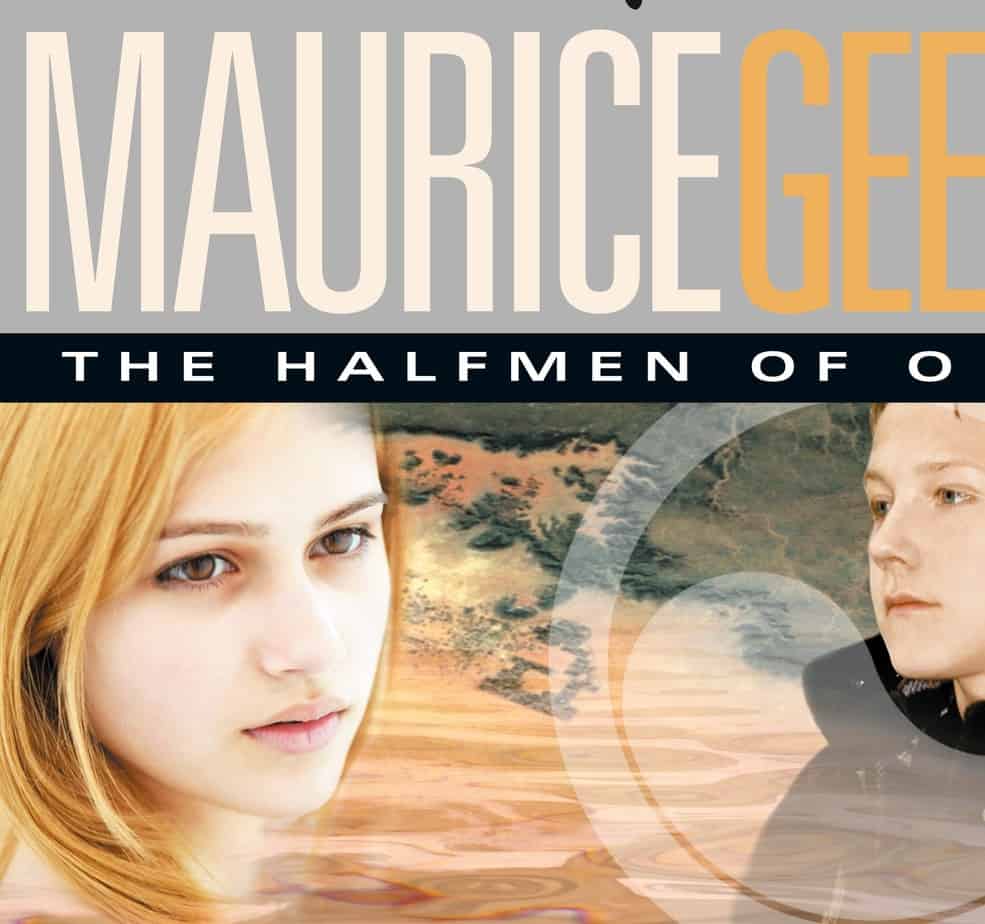
The World of O is a trilogy of fantasy novels by New Zealand author Maurice Gee published 1982-1985. The Halfmen of O (1982) is the first of the series. We might call this series The New Zealand Chronicles of Narnia with a bit of sci-fi thrown in. There are also tropes recognisable from The Wonderful […]
-
The Tricksters by Margaret Mahy Young Adult Novel Study
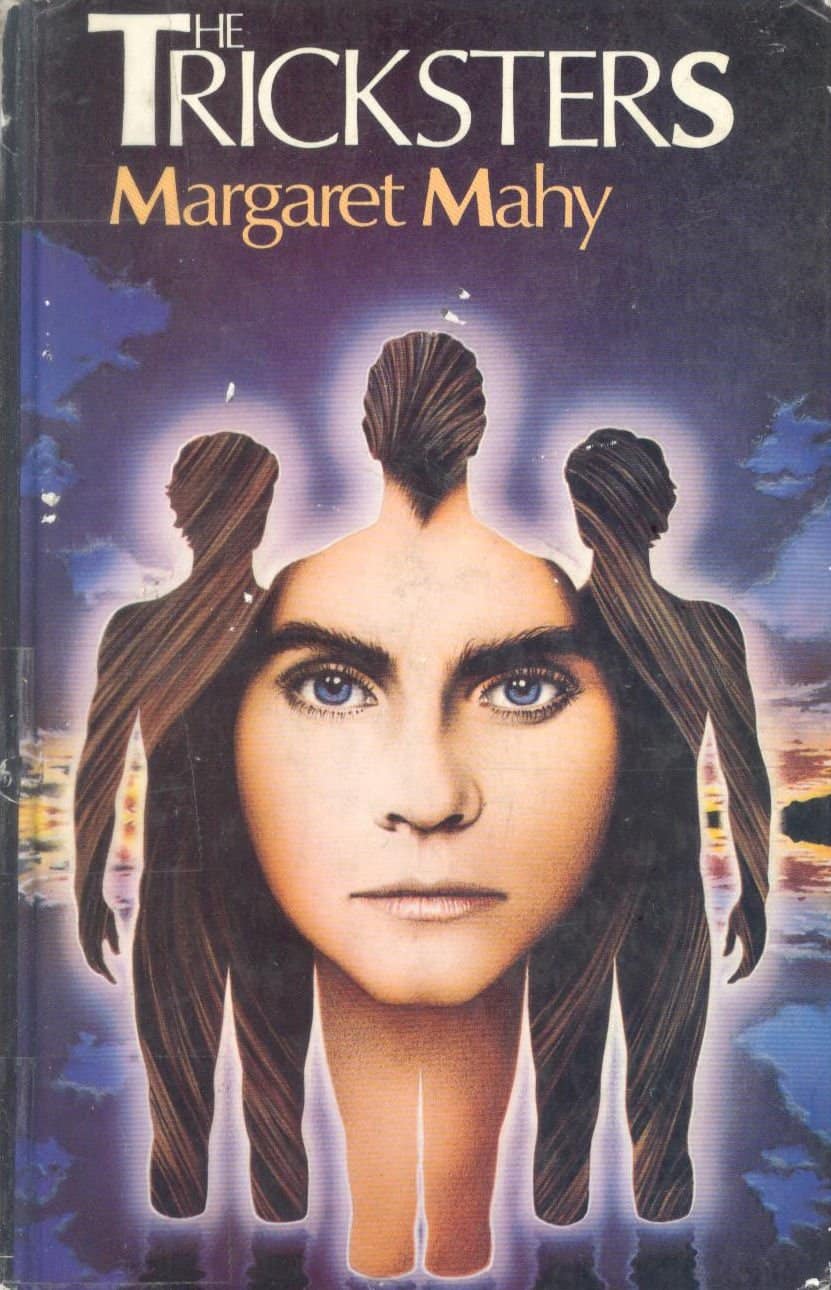
The Tricksters is a young adult novel by New Zealand author Margaret Mahy, first published in 1986. Mahy wrote many stories for children, but The Tricksters seems to be one frequently talked about in scholarship circles, alongside The Changeover and The Haunting, which both won The Carnegie Medal. The Tricksters is a rare example of the new female mythic form,…
-
The Shawl by Cynthia Ozick Short Story Analysis
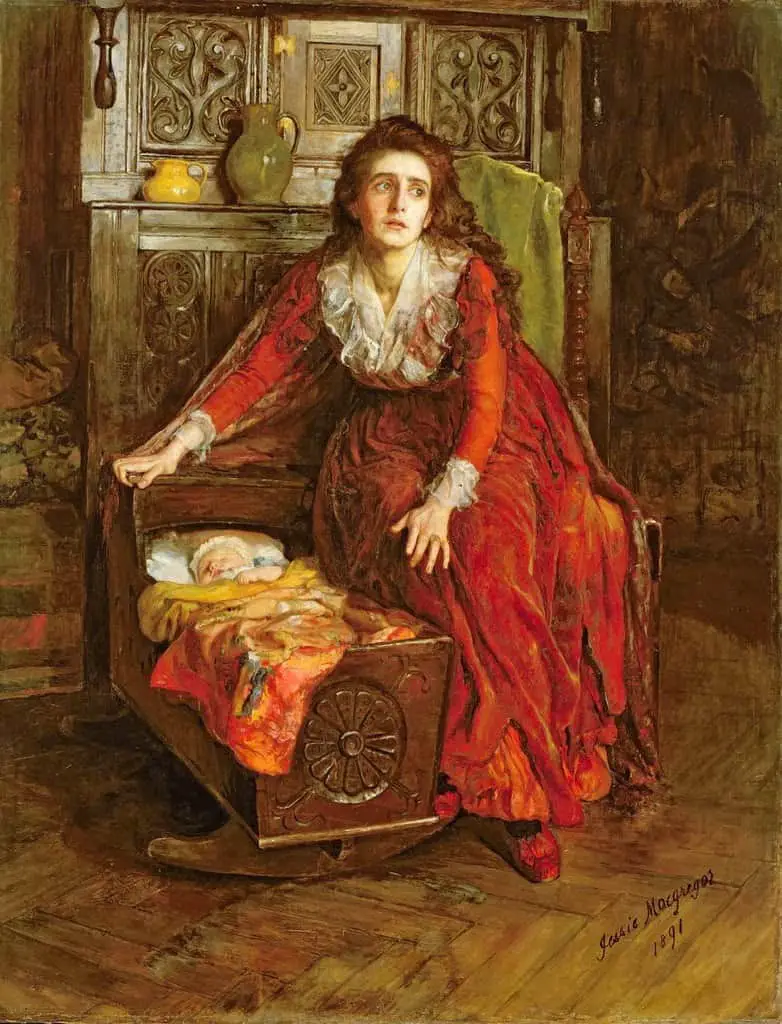
The Shawl (1980) is a short story by American writer Cynthia Ozick, born 1928. In 2014, Joyce Carol Oates joined Deborah Treisman at The New Yorker to read and discuss Ozick’s story. This horrific short story reminds me most of a narrative from another side of the same war: Grave of the Fireflies. Both are […]
-
You’re Ugly, Too by Lorrie Moore Short Story Analysis

“You’re Ugly, Too” is a short story by American writer Lorrie Moore, first published in a 1989 edition of The New Yorker — Moore’s first for the New Yorker. Find it also in her short story collection Like Life (1990).
-
The Story Of The Kind Wolf by Wilkon and Nickl Analysis
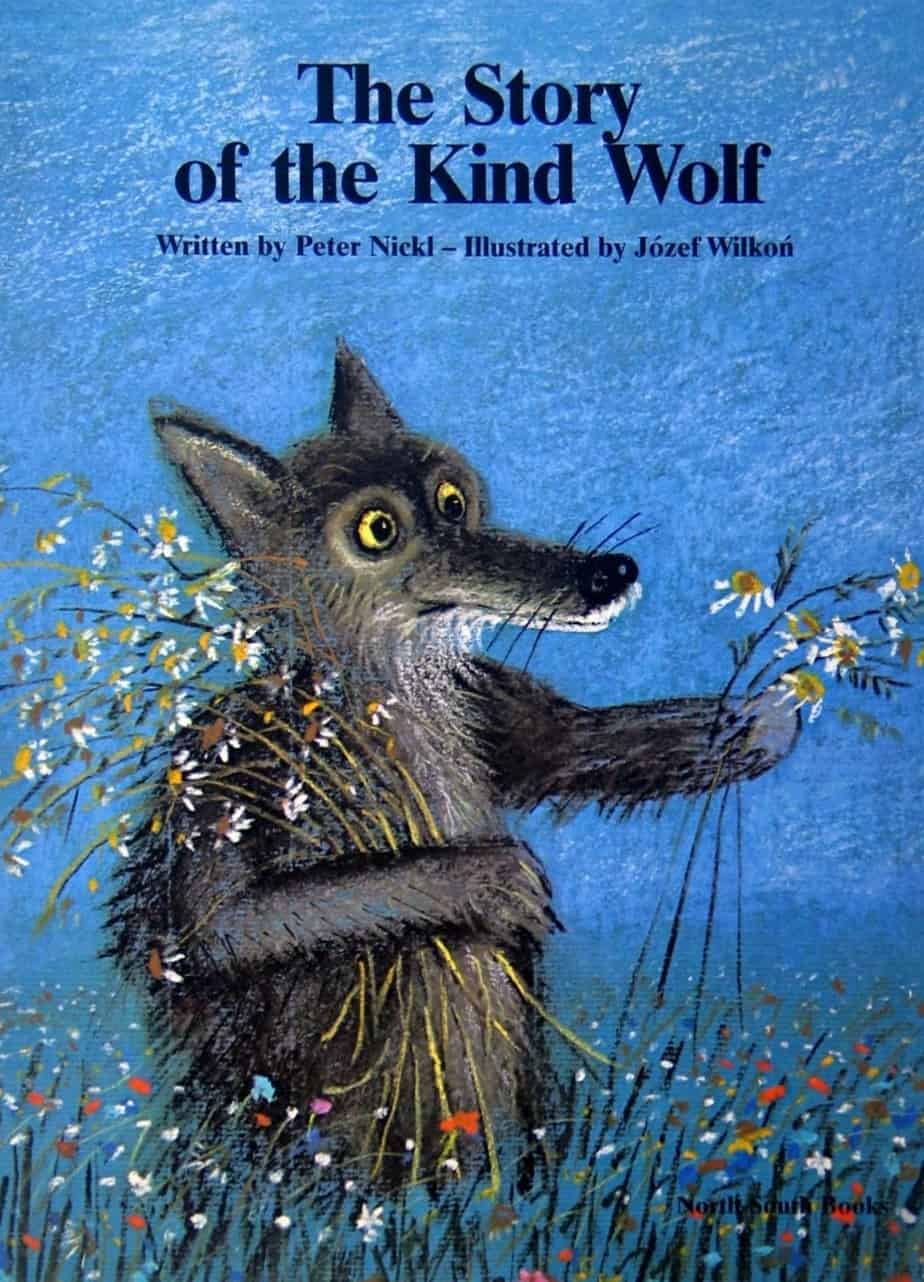
“The Story Of The Kind Wolf” is a 1982 picture book by Jozef Wilkon, illustrated by Peter Nickl and translated into English by Marion Koenig. The story is now out of print and hard to find. This is a Tawny Scrawny Lion plot, and very much of its time. This was the era of the […]
-
Avocado Baby by John Burningham (1982) Analysis
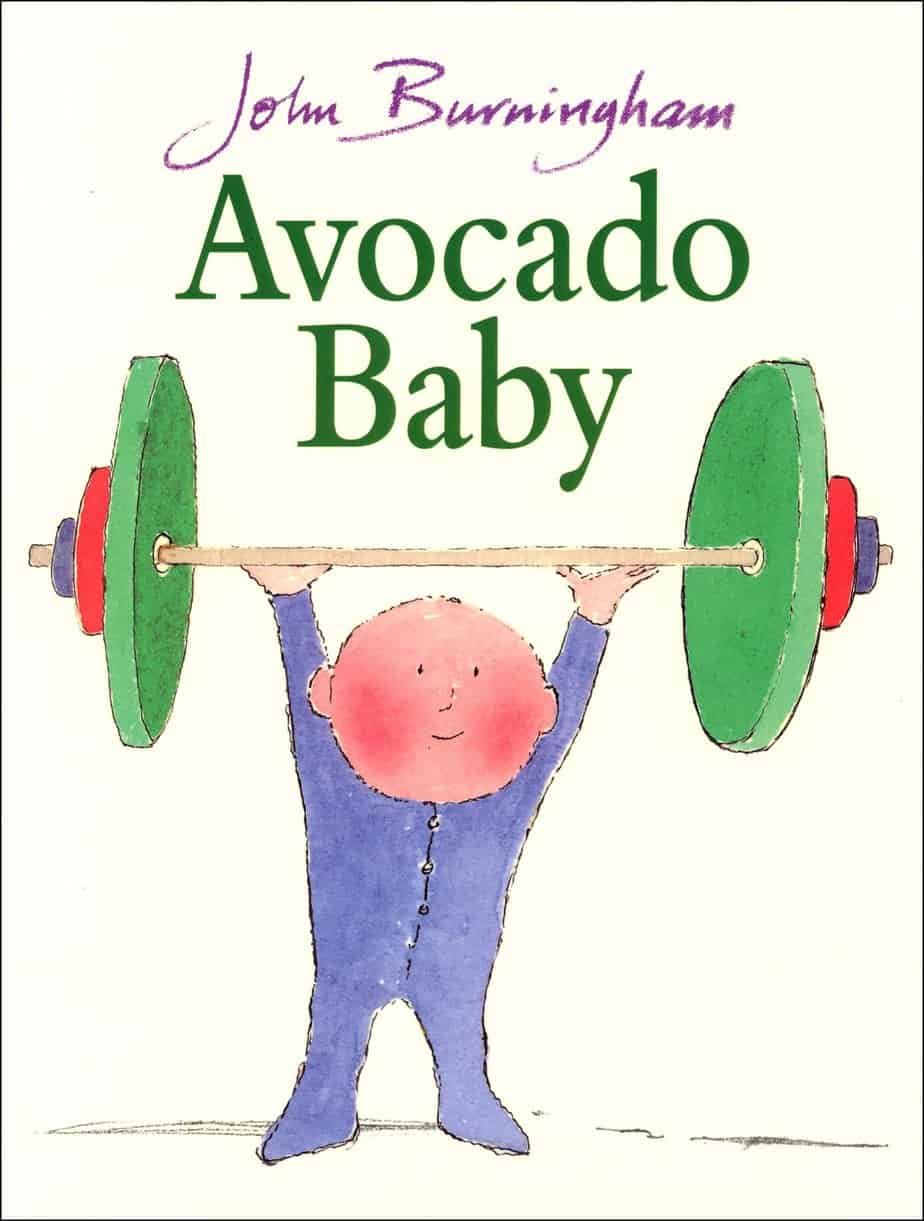
Avocado Baby (1982) is a picture book written and illustrated by John Burningham. This was my first introduction to John Burningham. Our teacher read it in class. I was about six.